Reducing Violence in Health Care: Together
PSHSA’s Violence, Aggression & Responsive Behaviours (VARB) tools are making a significant impact across Ontario’s public hospitals.
Workplace violence is a risk to staff, patients, residents and clients across Ontario’s health care sector. Between 2015 and 2017, PSHSA’s Violence, Aggression and Responsive Behaviours (VARB) project has been instrumental in developing tools and resources in partnership with health care and labour stakeholders to support health care workplaces in reducing and preventing the risk of workplace violence.
An evidence-based evaluation of the 5 VARB toolkits was recently completed to better understand their awareness, use and effectiveness among Ontario’s public hospitals. The positive results are encouraging, and indicate that hospitals are aware of the tools and using them to improve their processes for assessing and managing workplace violence.
Overall
- 75% of the public hospitals in Ontario are aware of at least one of the VARB toolkits
- 67% of the public hospitals in Ontario are using at least one of the VARB toolkits
- 89% of hospitals that used the toolkits ended up improving their processes, programs and systems to prevent and manage workplace violence.
- Attitudes toward workplace violence were shifting as workers’ associations and unions rolled out public awareness campaigns. Healthcare workers were becoming less willing to tolerate violence as just “part of the job” and were raising more concerns about safety.
- Key factors contributing to the effectiveness of the toolkits were their credibility, comprehensiveness, flexibility, ease of use, and guidelines for effective stakeholder engagement.
- Hospitals used the VARB toolkits to identify safety risks, consider safety proactively in planning, and validate or improve existing practices.
Awareness of Each of the Five Specific Toolkits
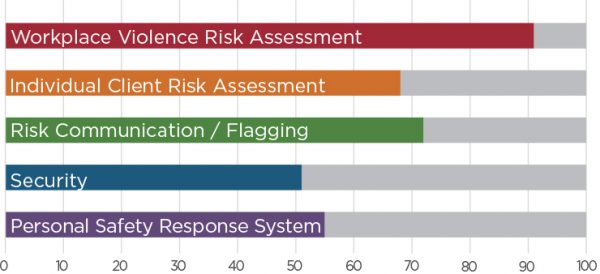
Workplace Violence Risk Assessment Tool
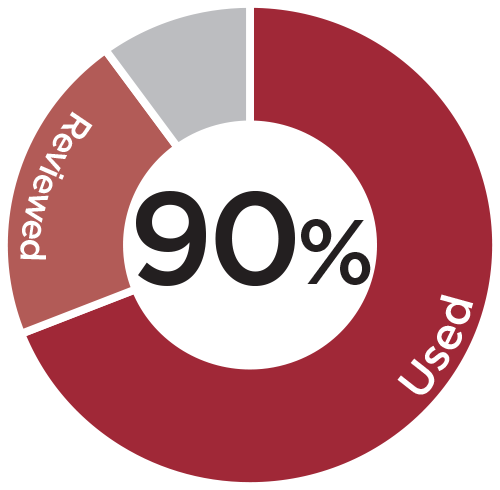
- 90% of the respondents used or reviewed the toolkit
- 50% used the toolkit to do a workplace violence risk assessment
- 71% of the toolkit users said it helped them improve their process for assessing and managing workplace violence
Individual Client Risk Assessment
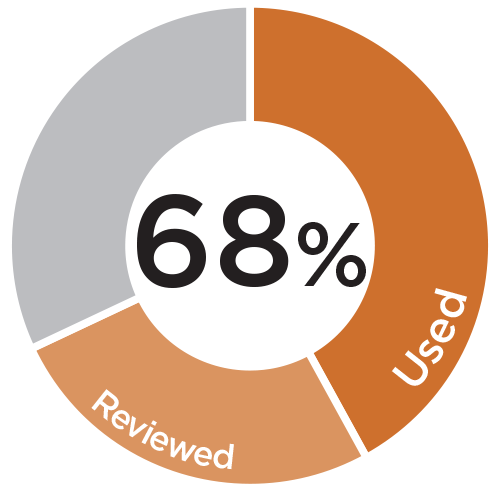
- 68% of the respondents used or reviewed the toolkit
- 43% used the toolkit to assess client risk, identify triggers and de-escalation techniques or evaluate their existing client assessment process and tools
- 55% of the toolkit users said it helped them improve their process for assessing the level of risk posed by individual clients
Risk Communication/Flagging
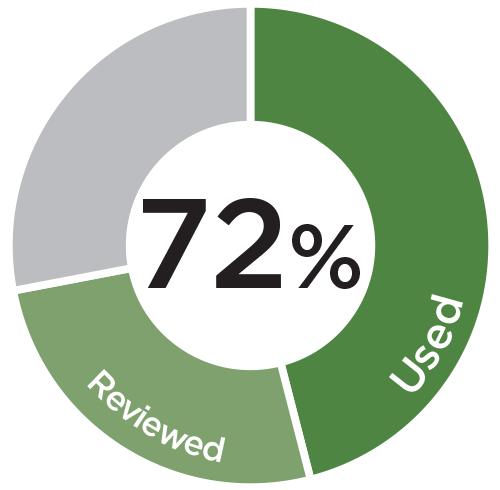
- 72% of the respondents used or reviewed the toolkit
- 47% used the toolkit to evaluate existing or to set up a new risk communication/flagging program
- 47% of the toolkit users said it made it easier for them to develop or update their flagging program, and/or helped them improve how they communicate risks of potentially aggressive behaviour
Security
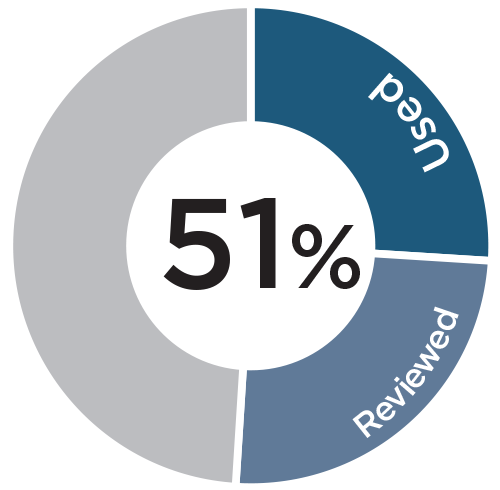
- 51% of the respondents used or reviewed the toolkit
- 68% of the toolkit users said it helped them identify gaps in their existing security program
- 42% of the toolkit users said it made it increased their confidence that their security program is aligned with the latest requirements and standards for a safe and secure workplace
Personal Safety Response System
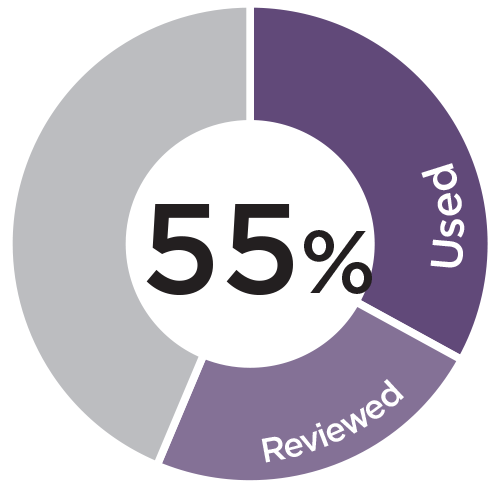
- 55% of the respondents used or reviewed the toolkit
- 34% used the toolkit to evaluate existing or to install a new PSRS and devices for the first time
- 42% of the toolkit users said it increased that their organization is compliant with applicable legislation and helped them improve their existing safety response system
The evaluation results will be used to optimize and improve current tools and related processes, as well as inform future resource development as it relates to workplace violence prevention in health care and beyond.

